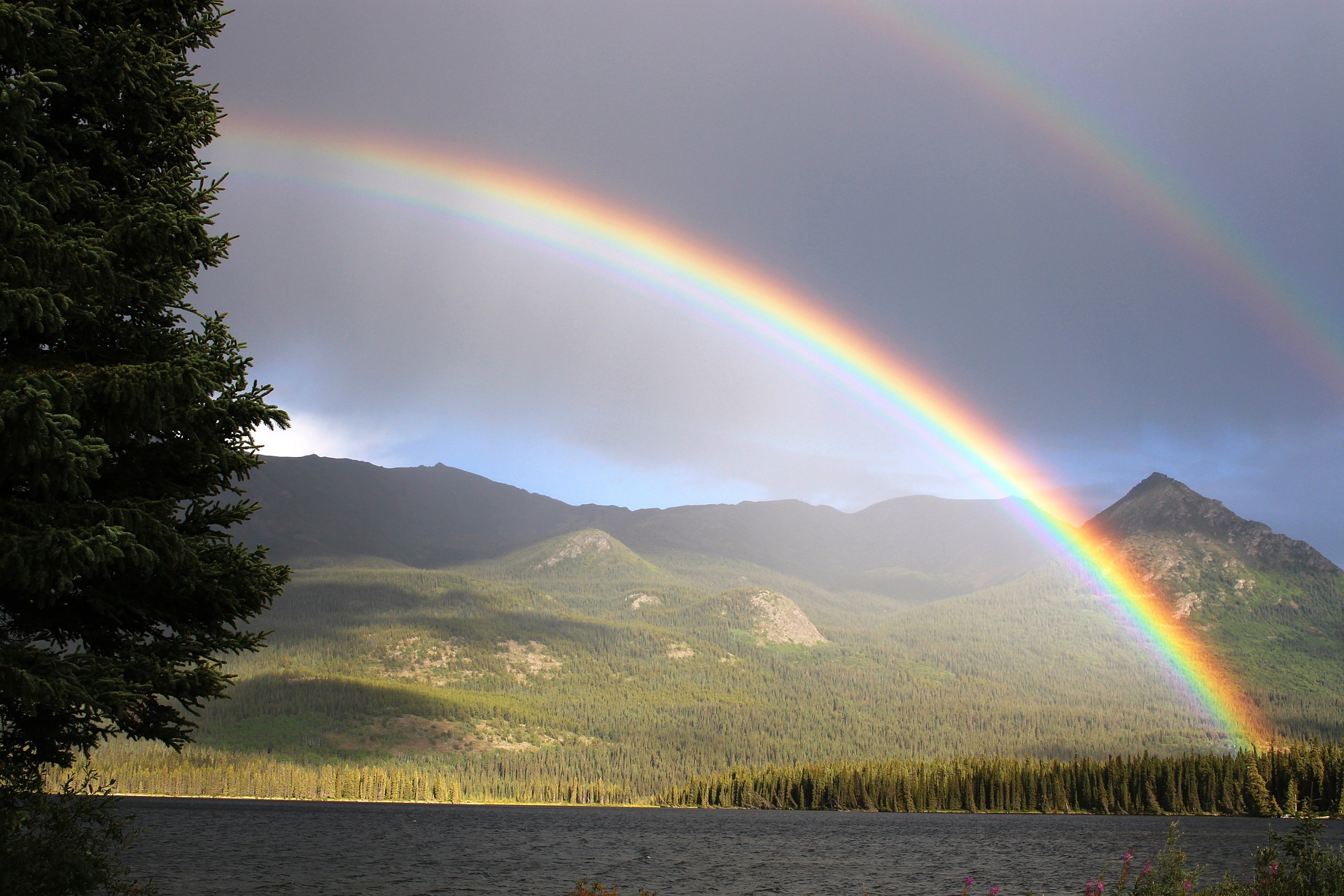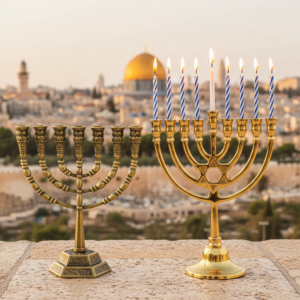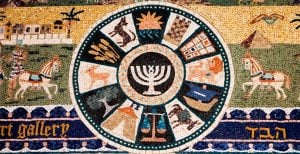The Jewish calendar is chock full of feasts and fasts, but one page in the calendar has remained conspicuously empty throughout the millennia: Cheshvan.
Cheshvan follows Tishrei, which is jam-packed with some of the most significant events in the Jewish year (Rosh Hashanah, Yom Kippur, Sukkot, Shemini Atzeret, Simchat Torah), as well as some of the smaller ones (the Fast of Gedaliah, Hoshana Rabba). It precedes Kislev, the winter month in which Hanukkah falls.
Even with the addition of modern holidays and remembrances, Cheshvan has stayed empty. This has earned it the moniker “Mar-Cheshvan” (mar is Hebrew for bitter). But if we take a closer look at this seemingly sad month, I think you’ll be surprised at the beauty that lies within.
One of the Bible’s most famous and beloved story is rooted in Cheshvan: Noah, his family, and the animals ascended to the ark on 10th Cheshvan, and this year, the month begins on Saturday 21st October – the same day on which we will read Noah’s eponymous Torah portion in the synagogue.
It rains on Noah’s ark for 40 days and 40 nights. When the deluge is finally over, God sends a rainbow soaring through the sky; an eternal promise that He will never flood the world or destroy His people again.
 One of the most striking aspects of Noah’s story is that of all the elements over which He has control, God uses the rain to destroy the Earth. We need rain: without it, the crops dry up and there is nothing to harvest. Without it, rivers run dry and people and animals die. Without rain, life ceases to exist. But use rain the wrong way? Entire cities and their inhabitants are submerged underwater, forever.
One of the most striking aspects of Noah’s story is that of all the elements over which He has control, God uses the rain to destroy the Earth. We need rain: without it, the crops dry up and there is nothing to harvest. Without it, rivers run dry and people and animals die. Without rain, life ceases to exist. But use rain the wrong way? Entire cities and their inhabitants are submerged underwater, forever.
How does this connect back to Cheshvan?
The intensity of Tishrei’s holidays breaks us down then builds us back up; a rainbow follows a storm, promising peace and beauty.
The busy holiday season is followed by the quiet calm of Cheshvan.
The intensity of the flood is followed by the tranquil blessing of a rainbow.
Cheshvan is the rainbow – God’s promise that everything will carry on as normal.













